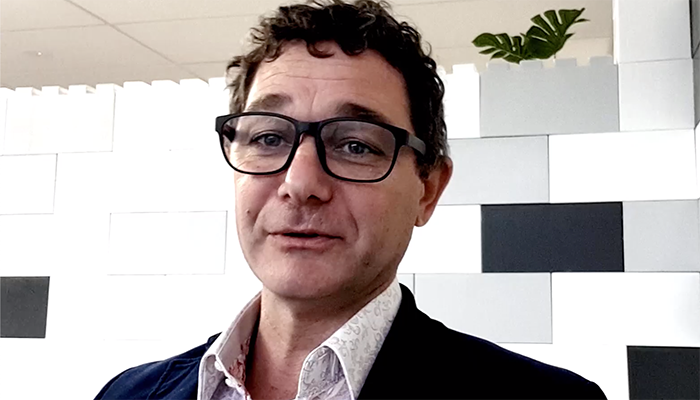The Best Way To Manage Your Team Of Tradespeople
How to manage your team of tradies?
It’s Jon here from Small Fish Business Coaching and I’m helping trades businesses grow and scale, and put the systems and structure in place so you grow and scale properly. Part of that is managing your people and looking after them.
And if you’ve been paying attention you’ve probably noticed that I’m in the middle of a series about looking after your team.
Today, I want to talk about managing.
Just a quick recap, if you have a team – if you’re a trades business, you do work by people going out into the world to do work and to do good work.
And you grow that – you make more money and do more good work, by having more people out there doing that good work.
So, you need your team. You’re very reliant on your tradespeople and on your people in the office. You need them to:
- Do a good job
- Work hard
- Care
- Complete things on time and on budget
- Understand
- Help you build this business that you want to build
I’ve spoken about hiring well (that was the first video) and it’s important to do that.
It’s important to do that with discipline and process. I spoke last week about leading them well with discipline and process.
Today, I want to talk about managing them.
Managing your team is the small picture
If leading is big picture stuff, showing them your strategy, showing them the vision and their part in the plan, then managing is the small picture stuff — their job, their performance, communicating with them on an operational level and on a daily and a weekly basis.
It’s about feedback and closing that loop.
As usual, it’s about being disciplined and systematic. It starts with their job descriptions. Everybody should have one. Everybody needs one.
And if you did your hiring right and you followed the process I showed you last time, they already have job descriptions.
Recommended Reading: Your 5 Step Hiring Process To Attract The Best Tradies To Your Team
This is the clarity and what’s expected from them — what they’re responsible for and what’s expected from it. You need to hold them accountable for what you expect from them on a daily basis and in their formal reviews that you do every six months.
You should be doing reviews every six months too — formal ones where you sit down, have an agenda, take notes, and look at them again in the next review and look at whether they’ve improved.
Management hierarchy
You should have a management hierarchy because there’s only so many people you can manage.
Maybe now there’s only three, four, five or six that you can manage by yourself. By the time you’re up to 10, it’s too many and you won’t have any more time to do your own job so you’re going to have managers and have to put that management hierarchy in place.
You should meet your direct reports (team leaders) every day for a10-minute huddle. And your managers should be doing the same with their teams.
It’s a quick:
- “How did yesterday go?”
- “What’s on today?”
- “And what help do you need?”
It should be short, 10-minutes maximum.
You should meet the whole team separately for an operational meeting once a week where you discuss again:
- “What happened in the last week?”
- “Can you plan what’s going to happen?”
- “What needs to happen in the week to come?”
You should meet your whole company at least once a month.
And that’s about sharing the strategy again — the progress that’s been made so far, the numbers. And it’s about recognizing and rewarding contributions people have made. That’s really important.
It’s really important for your team’s cohesiveness. And if you remember back to the leading video, it’s important to keep them involved, be waving the flag about the progress we’ve made against that strategy.
It’s important to make these investments in communicating with your people even though I can almost hear you thinking, “I need them on the tools making me money. I can’t afford to have so many meetings where people are not doing that.” But it’s how you manage and how you communicate. And if you don’t do this stuff, you’ll be disappointed in the performance you get.
This stuff holds everyone together. It makes a team rather than a loose collection of people with the same brand on their polo shirts. It’s important.
Please don’t neglect it. Please don’t leave it to chance. It’s an important part of your growth.
Now, as always, my coaching clients get help with planning agendas, scheduling meetings and making these changes stick.
So if you want help, if you want to help through my coaching program,
There are four ways you can engage with me:
1. Subscribe to these emails and get them once a week in your inbox so you never miss a video from me.
2. Join the Trades Business Toolshed Facebook Group where you can watch these videos, ask me questions or talk to your peers.
3. Attend my next Tradie Profit Webinar.
4. Book yourself a 10-minute chat with me. We’ll talk about whether coaching is right for you now and if it is, we’ll go further into the process before you have to make your mind up.
See you later.



